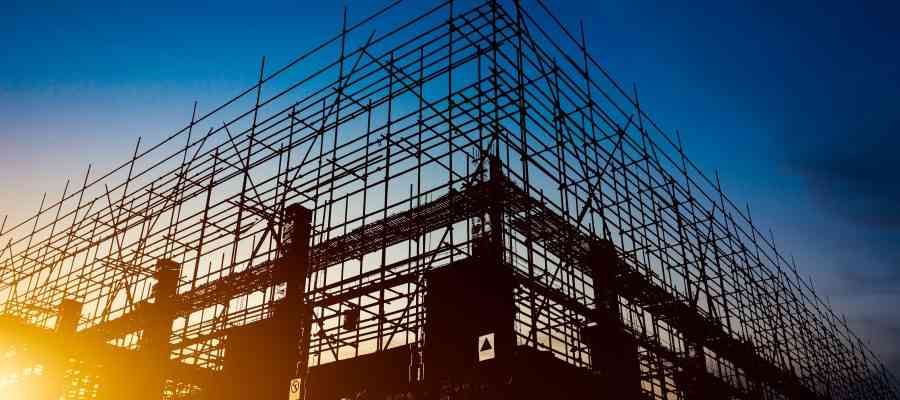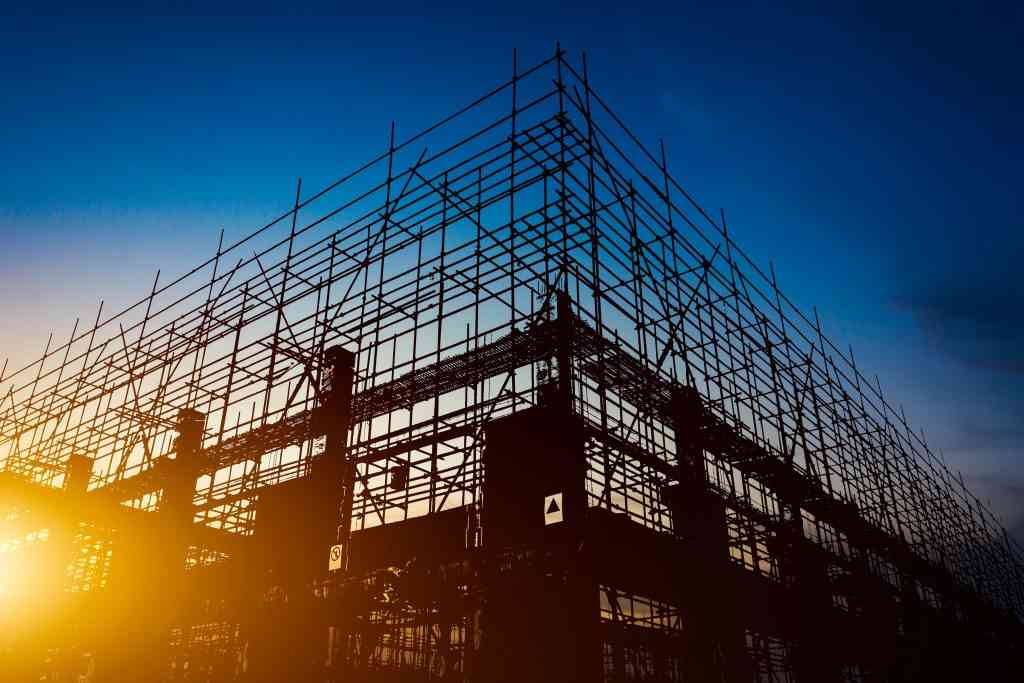FACTORS CONTRIBUTING TO GROWTH OF MICROBIOMES IN BUILT ENVIRONMENT
BACKGROUND ON BUILT ENVIRONMENT AND MICROBIOME
The natural ecosystem of humans has drastically changed since the last century. Urbanization, climate change, and the rapid advancement of technology has facilitated comfortable indoor living environments or built environments for humans. Today, on an average humans spend more than 90 percent of their time inside built environments be it schools, daycare facilities, offices, banks, malls, fitness centers, houses, etc. This primary lifestyle change has impacted the development and functioning of our immune system in means which we do not fully comprehend yet. These anthropogenic or built environments are designed to reduce or eliminate growth of microbial activity or any contaminants to prevent emergence and spread of infectious diseases. However, that is a highly inaccurate and incautious assumption. Contrarily, recent advanced studies have provided insight into a broad spectrum of microbiomes such as bacteria, fungi, algae, etc. that are prevalent within these built environments. The primary source of the microbiomes can be indoor or outdoor. Nonetheless, the interactions between human habitation, built environment, and type and source microbiome are crucial to understanding the fundamental causes of infectious disease and its potential remedies.
Due to the significance of microbiomes of the built environment and their impact on the well-being of humans, it is imperative that we have a deeper understanding of the factors that contribute to the growth of microbiomes of the built environment. Figure 1 summarizes the primary factors contributing to the development and growth of microbiomes in the built environments. The knowledge of microbes in the built environment is no longer restricted to source and type of microbes, but also includes indoor factors such as type of buildings, type of occupant, their fundamental immune system and existing health conditions. Outdoor factors such as geographical differences also constitute towards understanding differences between microbial species and their subsequent impact on human health.
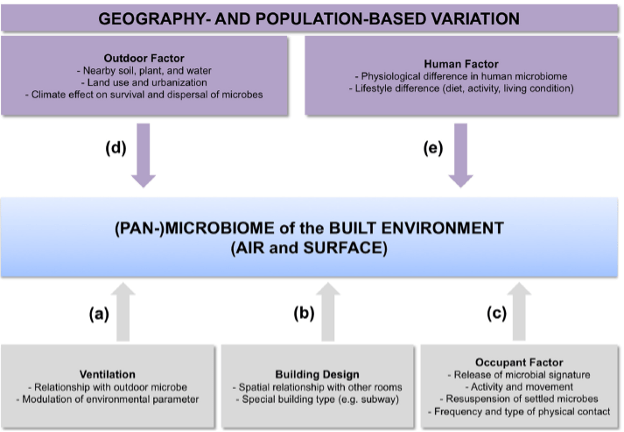
One major drawback in these studies and existing knowledge base is that these data are pertaining mostly to the countries in the Western World and does not necessarily include studies and data from the rest of the world. Additional research is required to get better understanding of most of the countries especially, the developing nations where there are higher risks of microbial contamination and spread of infectious diseases due to poor infrastructure and unsanitary living conditions. This article provides an overview of the indoor and outdoor factors that impact growth microorganisms in the built environment. This article is part of new series by Sani Service titled “Microbiome of the Built Environment” that provides an understanding of the microbes residing in the built environment or anthropogenic environments such as residential houses, office buildings, schools, etc., sources of microbes, impact of microbes on human health, and factors contributing to the growth of microbiomes in the built environment. Sani Service are one of the leading providers in excellent and sustainable indoor air quality treatment solutions for both residential and commercial clients.
INDOOR FACTORS IMPACTING MICROBE OF BUILT ENVIRONMENT
Effective treatment or remediation for any contaminant in the environment is more effective once its source and characteristics are known and understood. As enumerated earlier, there are various factors impacting growth of microbes in the built environment. Figure 2 enlists and summarizes the different indoor factors impacting growth of microbes.
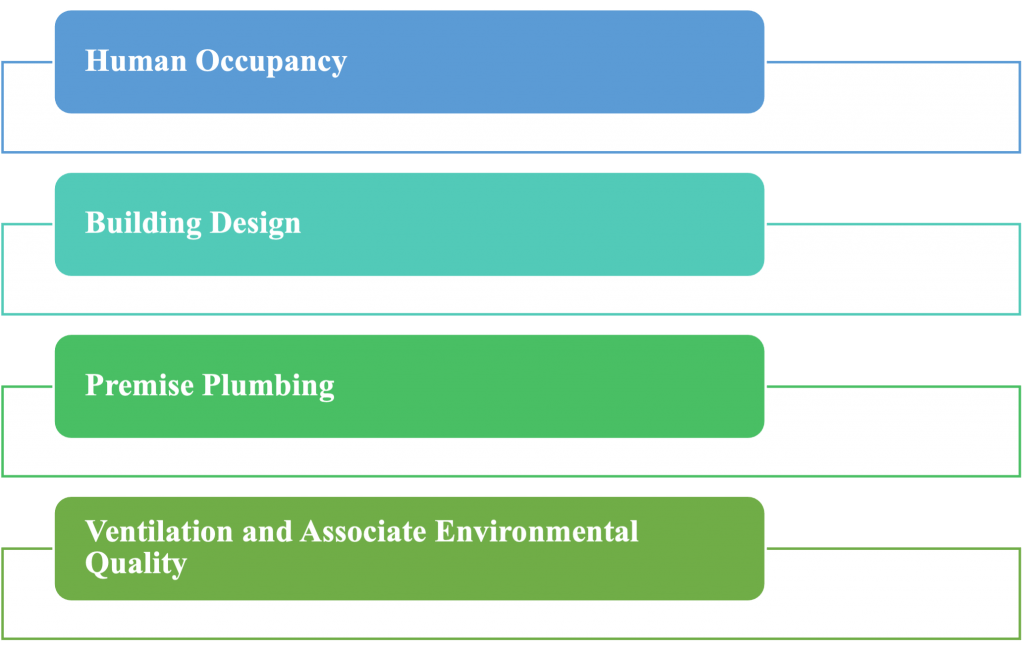
- Human Occupancy – studies indicate that on an average humans shed 10^7 bacteria per person per hour in indoor settings and since humans spent most of their time indoors, human occupancy is one of the major indoor factors contributing to microbe in the built environment. Research has shown that skin associated microbes can be transferred to the surface upon touch and frequent use. Depending on the type of room its usage and frequency can vary – for example, bathroom faucets are more frequently touched that bathtub faucets or showerheads. Human movements such as walking, and vacuuming can result in resuspension of settled dust particles causing airborne microbes to be transferred into the atmosphere.
- Building Design – type of room, floor area, floor level, and spatial reference to the neighborhood indoor spaces can all constitute as building design factor that can change microbial activity in the built environment. Type of building structure can also affect the microbial growth for example – subways are different around the world in terms of ventilation, above/below ground level, presence of floor to ceiling safety doors, etc. These diverse factors can change the microbial activity in built environments.
- Premise Plumbing – premise plumbing includes the portion of the potable water distribution system that runs from the water main to the tap inside the house via a service line. Some of the common examples include kitchen faucet, bathroom faucet, bathtub showerheads, etc. Since human exposure is highest at these sources, it is likely that premise plumbing is a prime hub for microbial activity and contamination from organisms such as Legionella. Microbial contamination in premise plumbing is also due to associated water quality and water usage in the built environment.
- Ventilation and Associated Environmental Quality – Ventilation impacts ambient room environmental quality parameters such as indoor air quality, room temperature, carbon dioxide levels, humidity, and airflow rates. Depending on the type of ventilation, natural or mechanical, the structure and composition of the microbes can vastly differ. Natural ventilation facilitates entry of outside or ambient air into the built environment which results in penetration of outdoor particles into the indoor spaces. Microbes can grow significantly inside the ducts and filters of mechanical ventilation if regular disinfection and maintenance practices are not implemented.
OUTDOOR FACTORS IMPACTING MICROBE OF BUILT ENVIRONMENT
Figure 3. enlists and summarizes the different outdoor factors impacting growth of microbes in built environments.
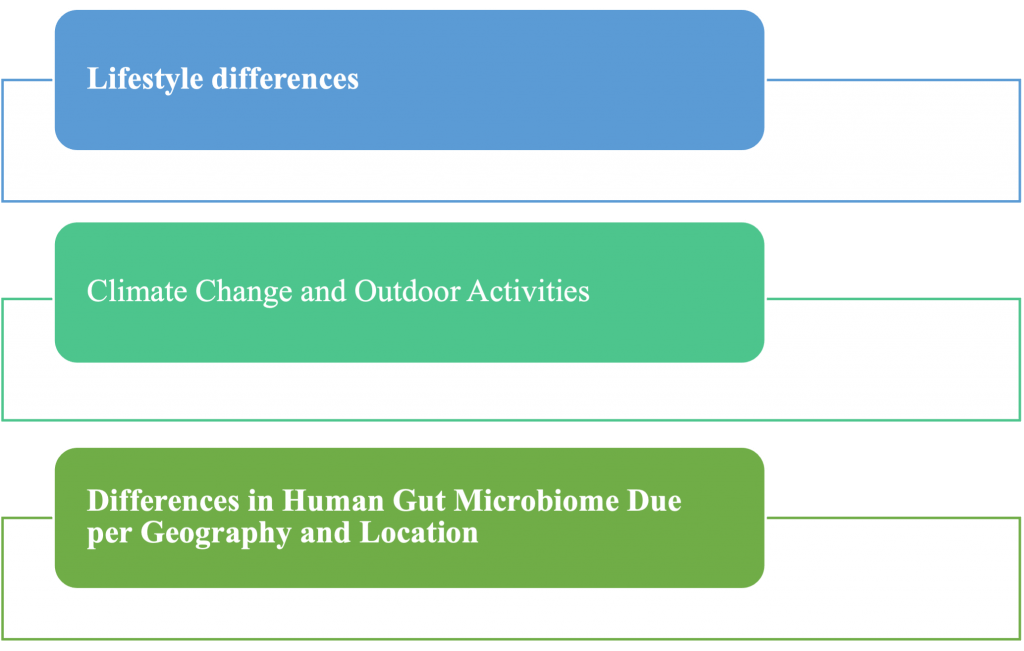
- Lifestyle differences – changes in lifestyle depending on geographic location, cultural differences, socio-economic differences can impact microbial growth in the built environment. For example – certain religious communities that adopt a minimalistic rural lifestyle may not produce as many microbes as opposed to a more urban lifestyle.
- Climate Change and Outdoor Activities – local weather and meteorological conditions impact microbial growth. Temperature changes are largely impacted by Climate Change in recent years. For example, dryer and warmer weather conditions may facilitate dispersal of soil and plant associated microbes.
- Differences in Human Gut – global population is quite diverse in terms of ethnicity, environmental factors, existing health conditions, physiologies, etc. All these factors can deeply influence the microbes growth in built environment.
REFERENCES
- Leung, M. H., & Lee, P. K. (2016). The roles of the outdoors and occupants in contributing to a potential pan-microbiome of the built environment: a review. Microbiome, 4(1), 1-15.
- Prussin, A. J., & Marr, L. C. (2015). Sources of airborne microorganisms in the built environment. Microbiome, 3(1), 1-10.
- National Academies of Sciences, Engineering, and Medicine. (2017). Microbiomes of the built environment: a research agenda for indoor microbiology, human health, and buildings.
- Hospodsky, D., Qian, J., Nazaroff, W. W., Yamamoto, N., Bibby, K., Rismani-Yazdi, H., & Peccia, J. (2012). Human occupancy as a source of indoor airborne bacteria. PloS one, 7(4), e34867.
- Fujiyoshi, S., Tanaka, D., & Maruyama, F. (2017). Transmission of airborne bacteria across built environments and its measurement standards: a review. Frontiers in microbiology, 8, 2336.
- Fitzpatrick, M. C., Bauch, C. T., Townsend, J. P., & Galvani, A. P. (2019). Modelling microbial infection to address global health challenges. Nature microbiology, 4(10), 1612-1619.
- //www.epa.gov/indoor-air-quality-iaq/indoor-microbiome
By Abhiram Satyadev

